Close Race Emerges in Pakistan’s General Election: Sharif vs. Khan Parties Neck and Neck
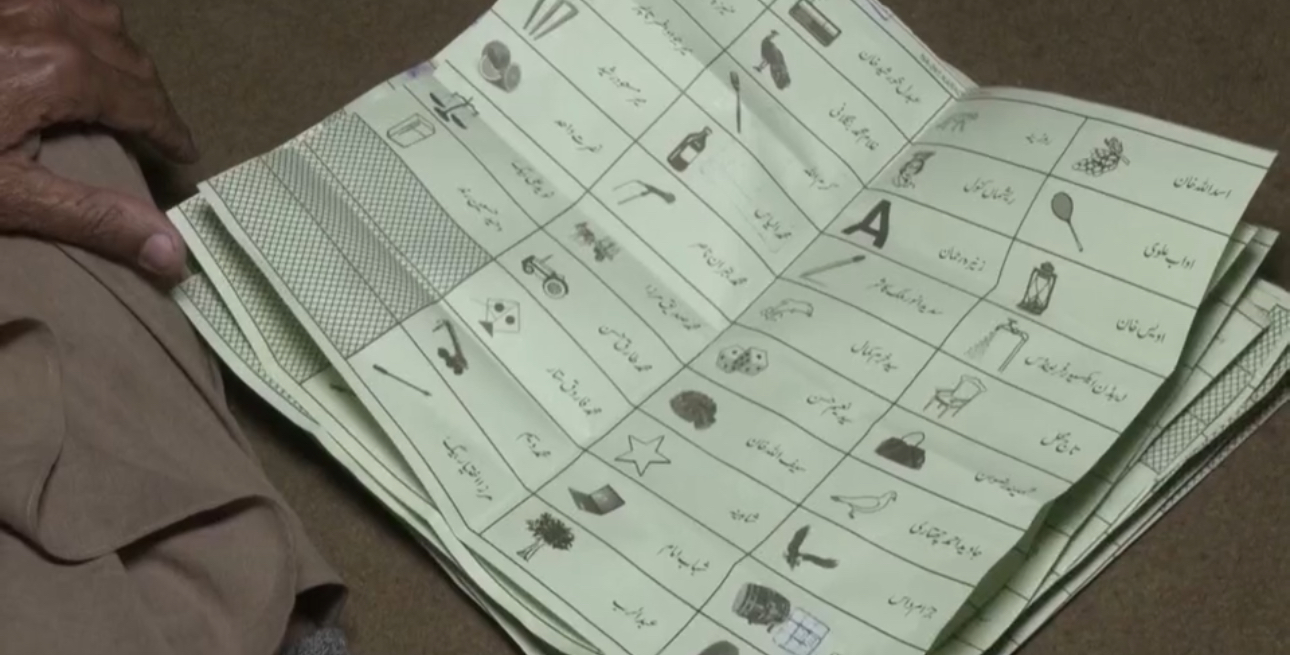
Islamabad — The Election Commission of Pakistan has unveiled a tight contest between the Pakistan Muslim League (Nawaz) (PML-N), led by Nawaz Sharif, and the independents aligned with the incarcerated former prime minister Imran Khan’s party.
With 51 seats counted so far, PML-N has clinched 17, while independents backed by Khan’s party have secured 14, according to the official tally. Additionally, the Pakistan Peoples Party (PPP), under Bilawal Bhutto’s leadership, has grabbed 12 seats. The remaining seats have been distributed among smaller parties and independents not affiliated with Khan’s Pakistan Tehreek-e-Insaf (PTI) party.
Yesterday’s general election was marred by the suspension of mobile phone services and violent unrest, prompting concerns about its credibility. Analysts have criticized it as one of Pakistan’s least credible elections, with results being slower to emerge compared to previous votes.
Despite the participation of 44 parties in the National Assembly race, the focus remains on two major contenders: Nawaz Sharif and Imran Khan. Sharif, once considered an adversary to Pakistan’s powerful military, has now garnered their support, marking a significant shift in his political fortunes.
Imran Khan, ousted from power and imprisoned on multiple convictions, remains a potent force in Pakistani politics. Despite his disqualification from standing, many independent candidates from his PTI party have contested the elections, reflecting his enduring popularity.
Furthermore, the emergence of Bilawal Bhutto Zardari, son of former leader Benazir Bhutto, as a first-time candidate adds another dimension to the electoral landscape.
As the vote count continues, Pakistan awaits the final outcome of what promises to be a closely fought battle between Sharif and Khan’s political factions, with implications for the country’s future trajectory.







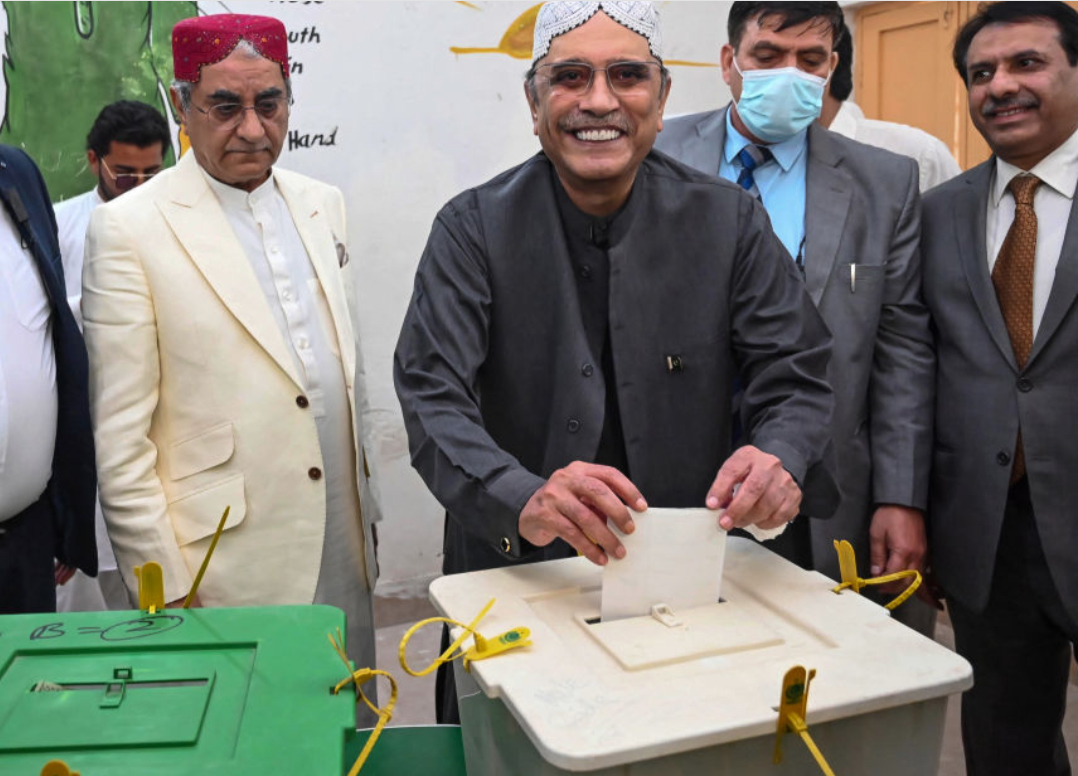
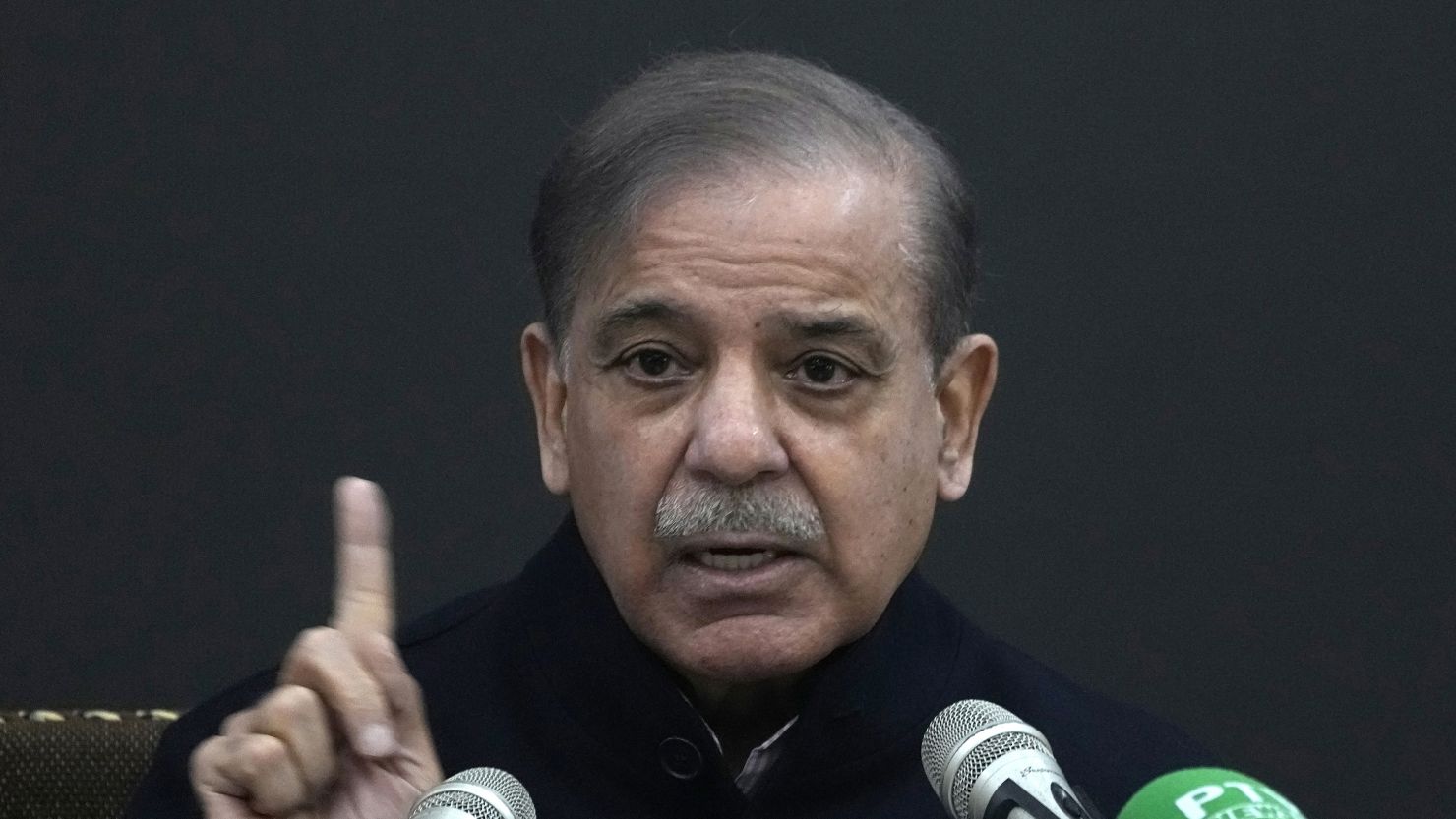
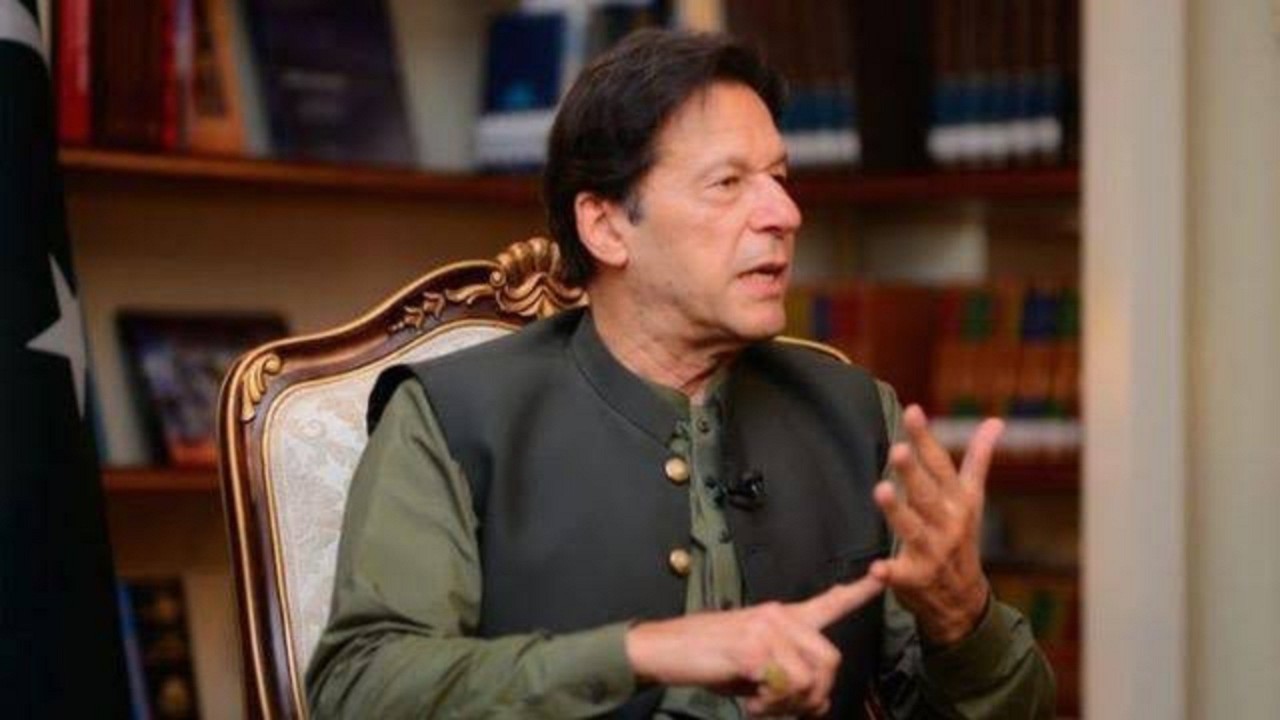

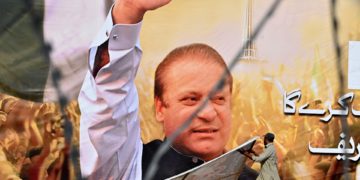







Facebook Comments